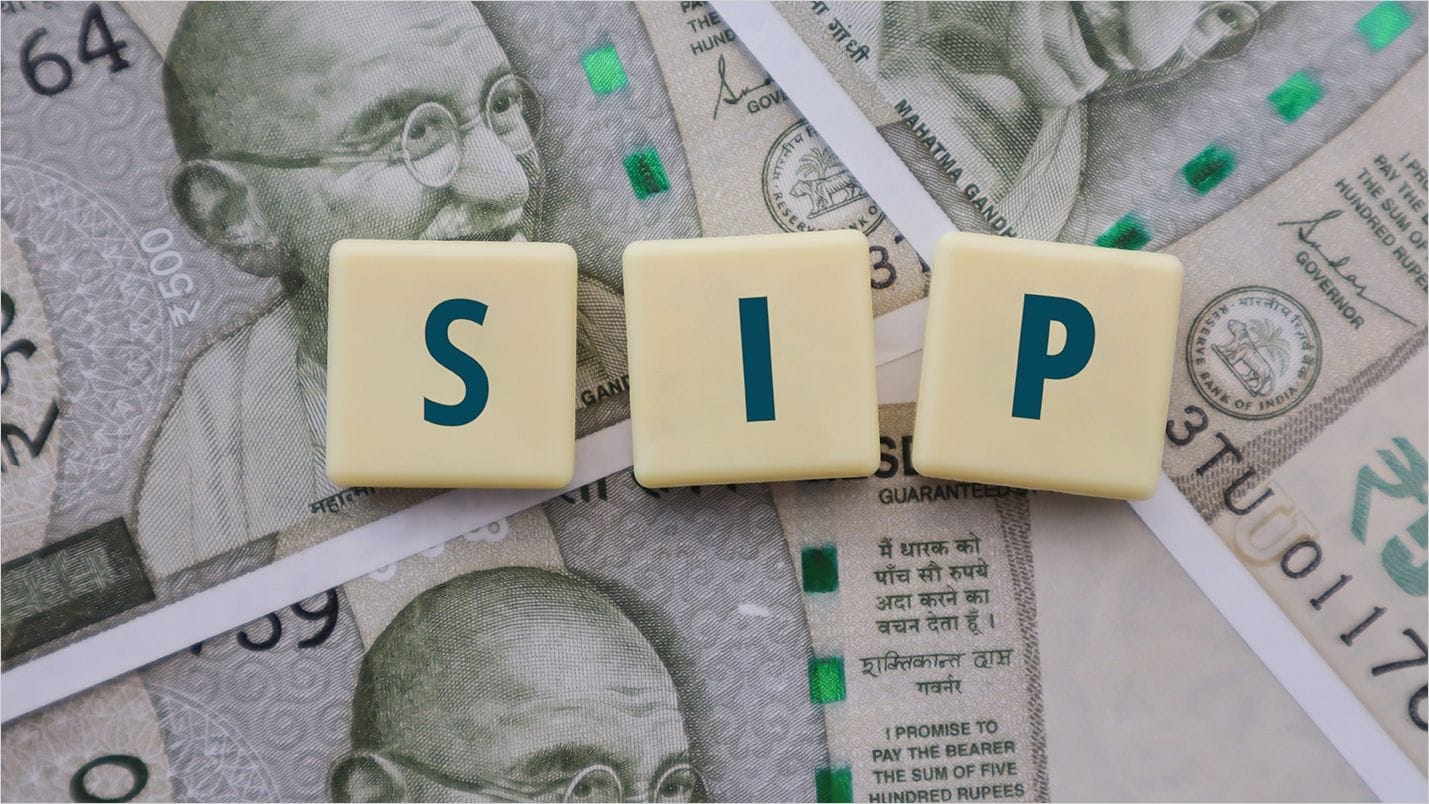The Anganwadi worker is a key functionary in the Integrated Child Development Services (ICDS) policy of the government of India. The Anganwadis are created for the purpose of implementing the ICDS programme but they are also used to implement various other flagship welfare programmes of the government.
They are paid in terms of honorarium as against salaries paid to the formal sector workforce. The honorarium paid to the Anganwadi workers and helpers does not meet the wage standards of Indian Labour Regulations. Casualization of the work of Anganwadi workers and helpers who are the basic instrument in promoting and implementing various government welfare schemes without extra payment on extra work is a serious issue and one of concern.
The sixty-two days struggle of the Delhi Anganwadi workers and helpers was a significant and relevant movement in addressing the issue of unfair wages. There are various movements in the countryside at local, state and national levels with the support of various trade unions leading struggles for fair wages and formalization or bringing the Anganwadi workers and helpers into the formal sector. The Anganwadi workers and helpers employed by the government and its agencies have not been identified as part of the formal workforce.
“Hum Apna Adhikar Mangate, Nahi Kisise Bhik Maangate!” – is the famous slogan of the sixty-two days long struggle at Civil Lines in Delhi. The movement saw participation by working-class women (Anganwadi workers/helpers) in large numbers in the strike. “The workers’ concerns need to be addressed urgently, not only for their sake but also for the sake of the children and women who are beneficiaries of the government’s Integrated Child Development Service Programme,” reported Dipa Sinha of Hindustan Times.
The Delhi Anganwadi Workers and Helpers Union lead by Shivani started their struggle against the low wages paid to the women workers in June 2017. There was a strike observed in 2015. The strike lasted for almost two months. It almost brought the state government to its knees and led to the declaration of doubling of wages.
The honorarium paid to the Anganwadi workers and helpers does not meet the wage standards of Indian Labour Regulations.
The Delhi government decided to double the honorarium of around 22,000 Anganwadi workers and helpers due to the protest and blockade led by an estimated 5000 protesters who are part of Delhi State Anganwadi Workers and Helpers Union. The honorarium of Anganwadi workers has been increased from Rs 5000 to Rs 10170 and that of Anganwadi helpers from Rs 2500 to Rs 5089 respectively.
It still replicates the fact that the increased honorarium doesn’t really serve the basic need of a decent livelihood for workers and helpers in a metropolis. Anganwadi workers are responsible for providing a number of vital services including pre-school education, supplementary nutrition, nutrition counselling, growth monitoring and so on. Anganwadis are part of the ICDS, a centrally sponsored scheme whose norms are set by the government of India and costs are currently shared on a 60:40 basis with respective state governments.
Although Anganwadi workers and helpers perform some of the most important services at the frontline level, the central government has always maintained that they are ‘voluntary’ workers and therefore what they are paid is an ‘honorarium’ and not a salary. The worst part is that Anganwadi workers and helpers are the largest medium for implementing the majority of flagship schemes of the state and central government on an unpaid basis.
If the women workers who are instrumental to the smooth functioning of social schemes are not reimbursed adequately, then the entire foundation of these schemes will collapse. The low wages paid to them resembles the gravest institutional prejudice against women workers. The much hyped and promoted welfare model of democracy at large is being supported, further even instilled by the Anganwadi workers and helpers.
It’s a greater flaw on the part of the welfare model state in not recognizing the instruments of its implementation. While there has been pressure from various organisations, opposition and civil society at large to recognize these women as full-time employees and give them social security benefits, there is a reluctance on the part of the government to relent to their demands.
Also Read: ‘Leave No One Behind’ Must Include The Unseen Women Of India’s Vast Informal Sector
While reports emerging from many states point towards a slash in the budget of social schemes from MNREGA, ICDS and even NRHM (National Rural Health Mission), these women’s only source of livelihood which comes from an already crippled rural economy, with little or no avenues for non-agrarian work is fast depleting. In many cases, it is the only source of their family income that ensures enough food and nutrition for their children.
The work done by the women was conceptualized for them to be the first line of actors in health information dissemination, providing clean facilities for pregnant women and pre-natal, neo-natal care to women in their villages. If these women aren’t reimbursed or incentivized adequately, the entire foundation of these social schemes may collapse. This not only renders nearly one crore women unemployed in the country, but also it will have a far-reaching impact on children’s development, the health of pregnant women and other problems related to health in villages all over the country.
The caring work which has been assigned to women in society reflect the fact that the total number Anganwadi workers and helpers constitute a greater number of women in the working sector. There is no single male Anganwadi worker or helper on record. Does this mean that the work has to be given to men?
The work can be shared by the men but not at the cost of overthrowing women from the workforce into the reserve army of labour. The essence of time is equal participation, opportunities, adequate payment to both men and women. Further, that women’s work should be recognised as work in itself.
The revolutionary union’s role wasn’t limited to the demands of the strike. It is not merely a fight for wages but also the politicization of working women. According to Shivani, a representative of Delhi State Anganwadi Workers and Helpers Union, the sixty-two days protest at Civil Lines and Jantar Mantar is not just a struggle for rights but also the struggle for women’s liberation from patriarchy and caste.
If women workers instrumental to the functioning of social schemes are not adequately Paid, the entire foundation of these schemes will collapse.
This notion can be accepted with regards to the massive success of this struggle, amidst the rise of right-wing Hindu fundamentalism in India. The idea of rendering huge importance to the cadres, wherein the cadre decides the course of action was effectively implemented in the Delhi State Anganwadi Workers and Helpers Union. Exercising the inner organisational (union) democracy is the crucial element for success.
The regular sensitization of the Anganwadi workers and helpers during the protests on various issues of social concerns created a great deal of understanding among the women workers. The practices of the Union are being organized on a weekly basis post- movement. The Union organized a Vijayotsav Rally and a success meet. The latter was organized in Ambedkar Bhavan along with setting up a community kitchen. This is a mechanism towards building cultural consciousness among working-class women.
According to a few Anganwadi workers and helpers, the Delhi government had discredited the working women’s struggle in its initial stage by calling a meeting with fake representatives. By appointing their own party workers as representatives of Unrecognized Trade Unions without Anganwadi workers membership. Through distorting the Anganwadi workers’ demands, they reduced the four Anganwadi functionaries to one.
The Anganwadi workers reported that they had been harassed by their supervisors during the initial days for organising protests. The tactics of the Delhi Government were effectively countered by the leadership of the Delhi State Anganwadi Workers and Helpers Union through organizing picketing teams and Mazdoor Dasta’s. An activist of this struggle, Comrade Vishal stated that protests, demonstrations and struggles are the schooling mechanisms for the working class.
The Anganwadi workers who are the backbone of the welfare model of the Indian democracy need to be given due preference. The services provided by them have to be recognised as work rather than being dismissed as voluntary. There is a need to support them with decent minimum wages both in Delhi and within the country as a whole.
Also Read: Unpaid Domestic Labour And The Invisibilisation Of Women’s Work
Featured Image Credit: Hindustan Times
About the author(s)
Manohar Boda is a Research Scholar based at JNU - New Delhi.



